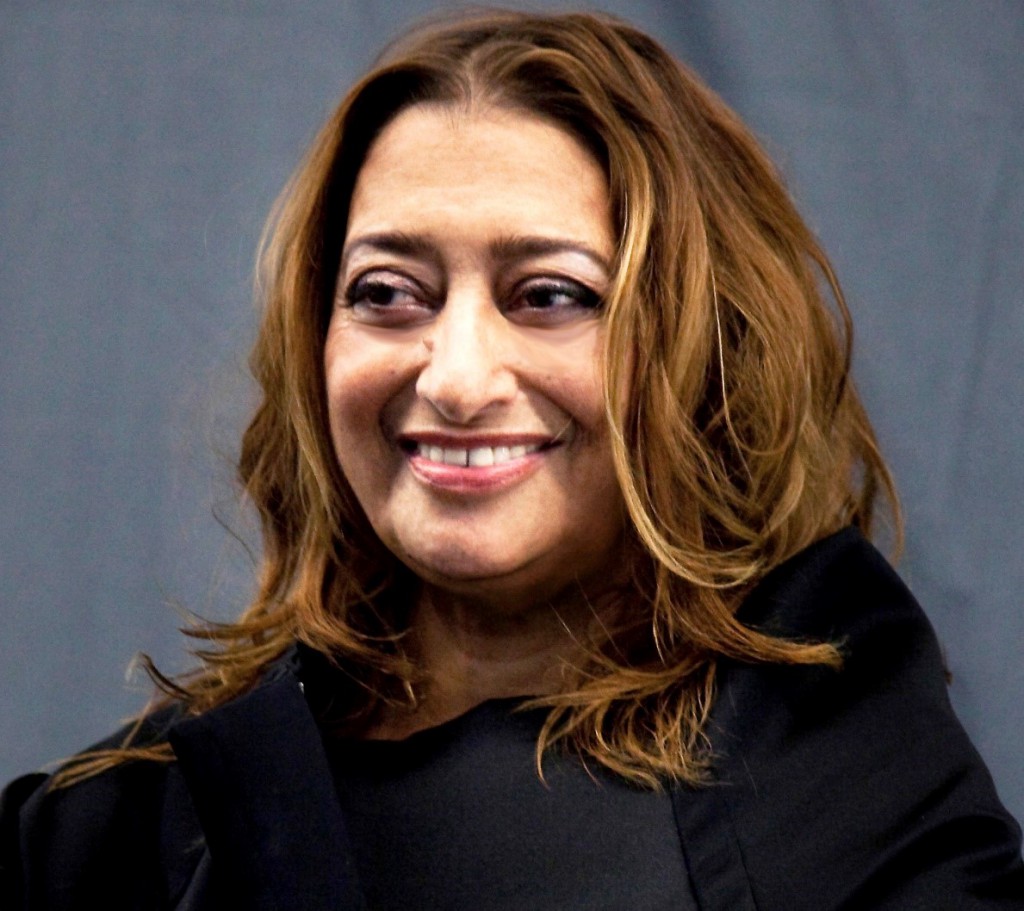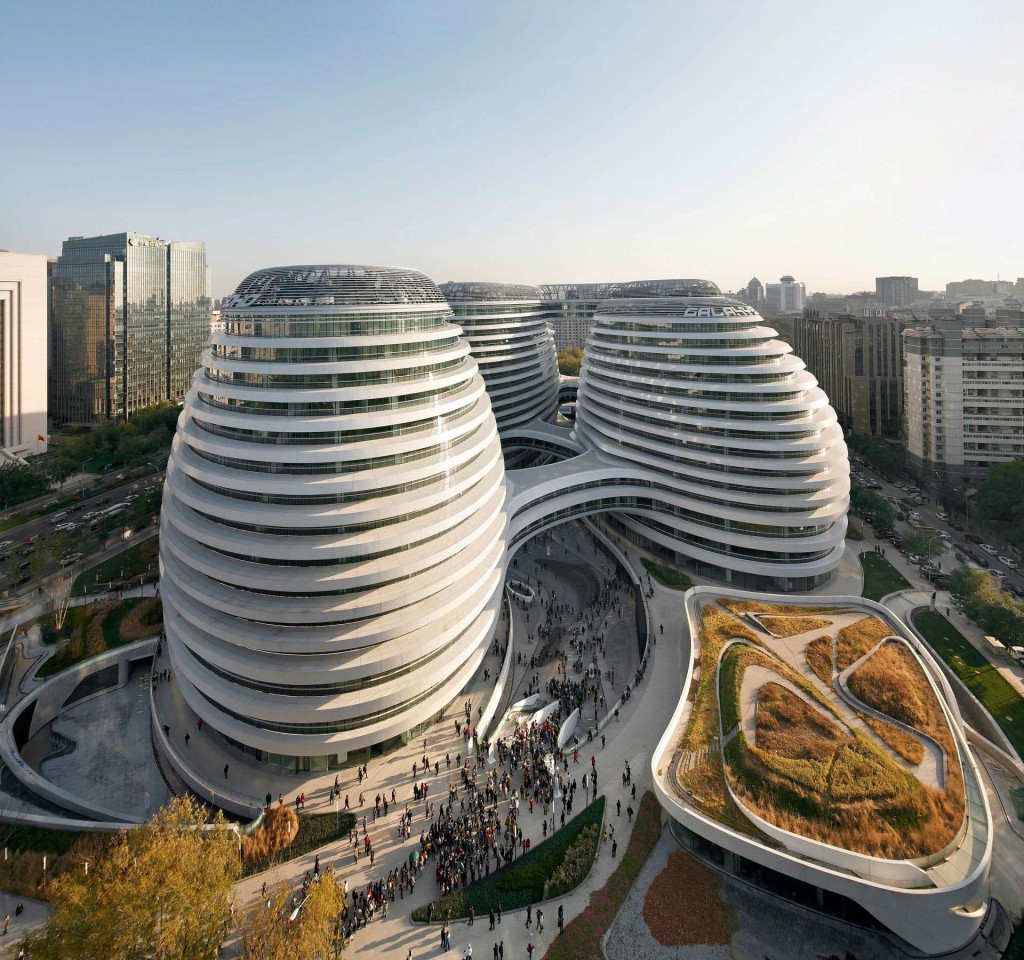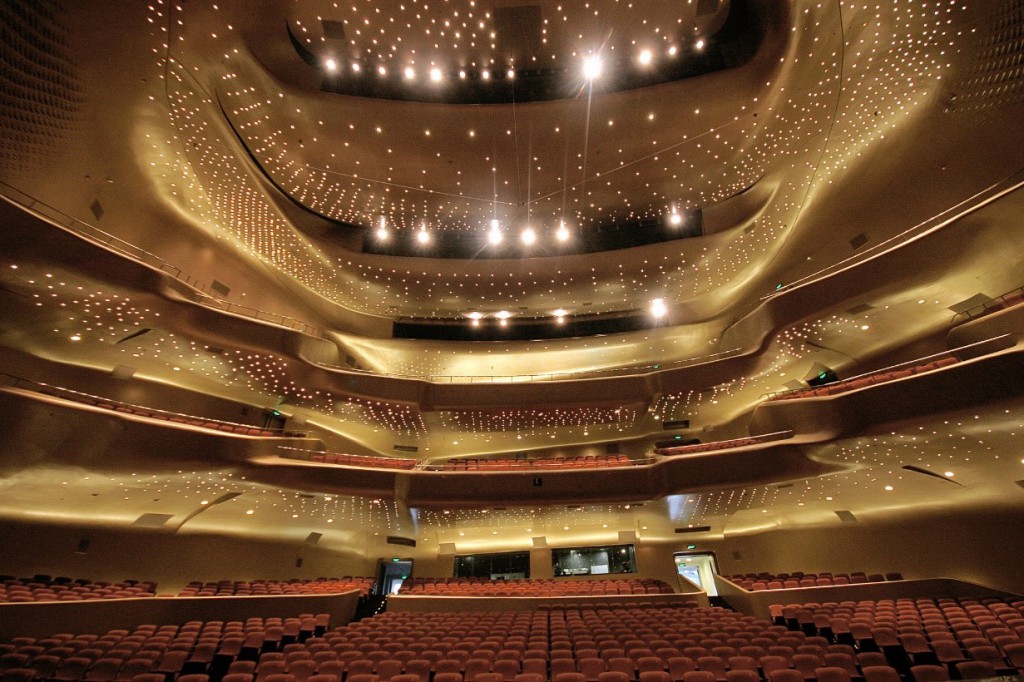DAME ZAHA HADID
(1950-2016)
“I don’t think you can teach architecture. You can only inspire people.”
These words were said by Zaha Hadid, one of the most important and influential figures in modern architecture, whose designs and projects are taught to students in our school. News that the she died on the 31st March 2016 saddened people passionate about architecture and design worldwide.
Reasons for such sentiment are numerous. Zaha Hadid was an exceptionally talented architect. She was known for pushing the boundaries of architecture and urban design and she bravely experimented with new spatial concepts. She was also the first woman to be awarded the prestigious Pritzker Architecture Prize in 2004, which was followed by other prizes such as the Royal Institute of British Architects Stirling Prize (2010, 2011) and the London Design Museum’s Design of the Year Award (2014). In 2012 she was made a Dame Commander of the Order of the British Empire.
Born in Baghad, Iraq, Zaha Hadid first graduated in mathematics from the American University in Beirut. She moved to London in 1972 to study architecture at the Architectural Association, a centre of progressive architectural thought at the time, and completed her degree there in 1977.
Zaha Hadid started her own practice in London in 1980 – “Zaha Hadid Architects” – and three years later won the competition for a leisure centre in Hong Kong. However, the centre, a “horizontal skyscraper”, was never bulit because it was considered too radical and modern for the time, as were some of her other works too (Cardiff Bay Opera House). Because of this she earned the reputation of a “paper architect” since her designs were too daring to pass the initial sketch phase and actually be built. This is how she explained this situation:
“My work is not within the accepted box. Maybe because I am a woman. Also an Arab. There was a certain prejudice about these things.”
Cardiff Bay Opera House, Cardiff, Wales – project that was never built
Zaha Hadid’s first major built project was the Vitra Fire Station in Weil am Rhein in Germany, a building that resembles a bird in flight. But real recognition of her talent came in 2003 when she completed the Centre for Contemporary Art in Cincinnati. The glass facade of the museum allows passersby to look at the works of art thus opposing the idea of a museum as an uninviting, cold space. It was also the first museum in America designed by a woman.
Vitra Fire Station, Weil am Rhein, Germany (1994)
Centre for Contemporary Art, Cincinnati, USA (1998)
Since then her career had taken off and she designed fascinating buildings all over the world including the Guangzhou Opera House, Galaxy Soho in Beijing, MAXXI Museum of Contemporary Art and Architecture in Rome, the London Acquatics Centre, etc. Although her style had changed throughout the years, the emphasis on dynamic spaces and on defying gravity was always present.
London Acquatics Centre, London, UK (2012)
MAXXI Museum of Contemporary Art and Architecture, Rome, Italy (2010)
Galaxy Soho, Beijing, China (2012)
Guangzhou Opera House, Guangzhou, China (2010)
Bergisel Ski Jump, Innsbruck, Germany (2002)
Along with running her own practice, Zaha Hadid was also involved in academics, holding chairs and guest professorships at some of the most prestigious universities, such as Harvard, Yale, Columbia, etc.
Finally, we can conclude this short overview of Zaha Hadid’s accomplishments with a couple of thoughts on architecture and female architects from the master herself aimed at all those young people dreaming of becoming architects.
“Sometimes the challenges are immense. There has been a tremendous change over recent years and we will continue this progress.”
“If you want an easy life, don’t be an architect. Ask anybody in my office. You have to work all the time. If you want a nine-to-five job and to go home and relax, just don’t do it.”
“We now see more established female architects all the time.”
Sanja Bura, May 2016









